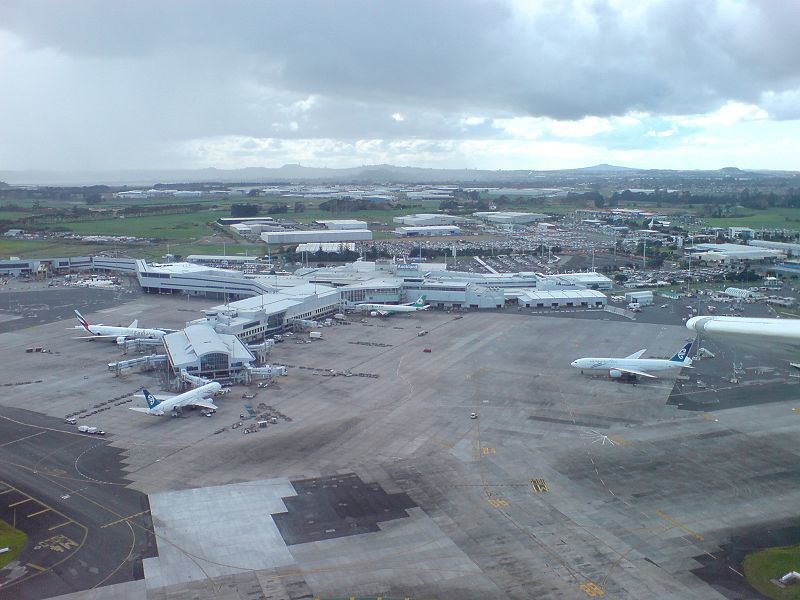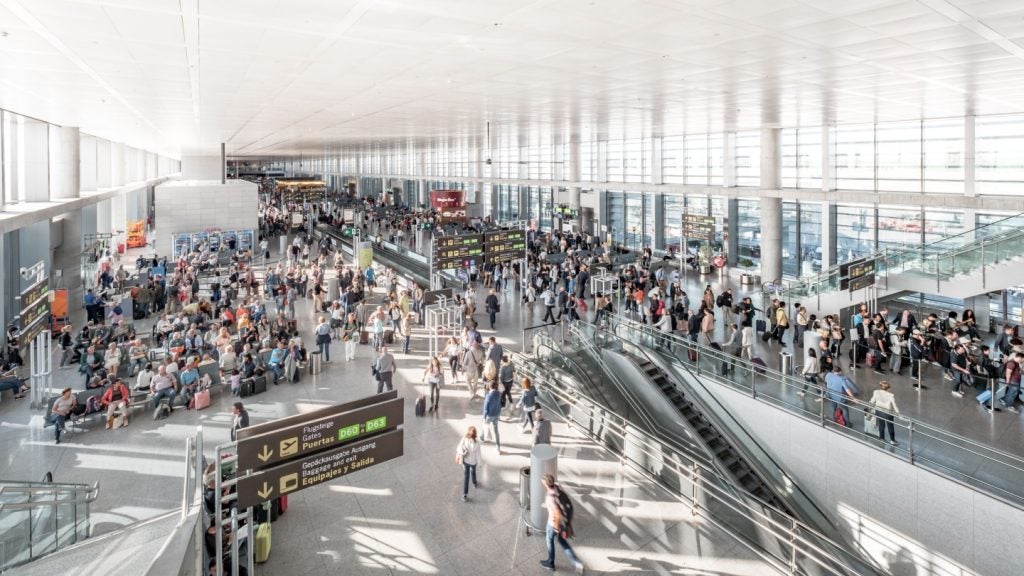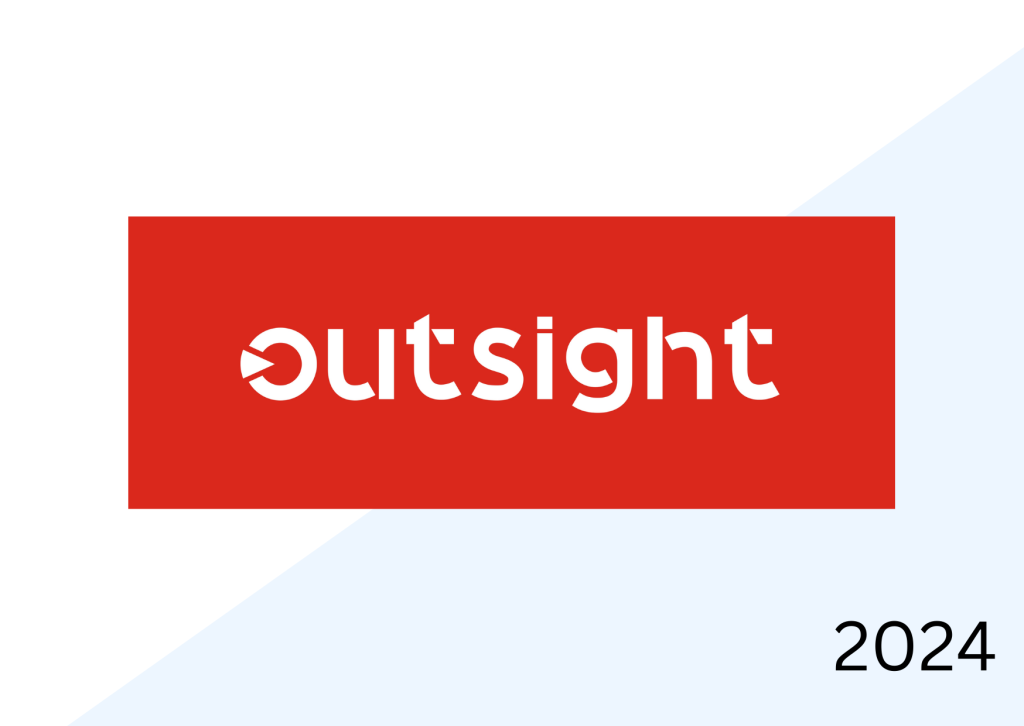
New Zealand’s Auckland Airport has unveiled a 3D scanner that will allow quarantine officers to easily scan and identify unwanted pests in the bags of international passengers.
The new X-ray technology produces 3D pictures, which will help discover items that have previously been hard such as dried meat, goods hidden behind laptops, stink bugs and smuggled fruit.
New Zealand Biosecurity Minister Damien O’Connor said: “Our dynamic biosecurity environment means we must constantly adjust our scrutiny and strengthen our border security as threats emerge.
“Biosecurity New Zealand is also developing software with Australian counterparts that will allow the scanner to automatically recognise risky items such as fruit that could harbour fruit fly.
“It is the most sophisticated piece of X-ray technology we could have in place to support our officers at Auckland Airport and provides another useful tool in our multi-layered biosecurity system, sitting alongside 50 detector dog teams, arrival cards, risk assessment and public awareness campaigns.”
The scanner will scan bags before passengers pick them up and images will be sent to quarantine ahead of any searches.
How well do you really know your competitors?
Access the most comprehensive Company Profiles on the market, powered by GlobalData. Save hours of research. Gain competitive edge.

Thank you!
Your download email will arrive shortly
Not ready to buy yet? Download a free sample
We are confident about the unique quality of our Company Profiles. However, we want you to make the most beneficial decision for your business, so we offer a free sample that you can download by submitting the below form
By GlobalDataAt the outset, the airport security staff will be responsible for identifying the objects. After recognising the object, they can send images of the object and add them to a database within the computer. It will enable the computer to learn how to spot risky objects.
New Zealand and Australia will exchange images to build a fuller data set.
The system will be tested over a year and will replace the existing X-ray machines if successful. The machine can also be used to monitor threats hidden in cargo and mail services.





